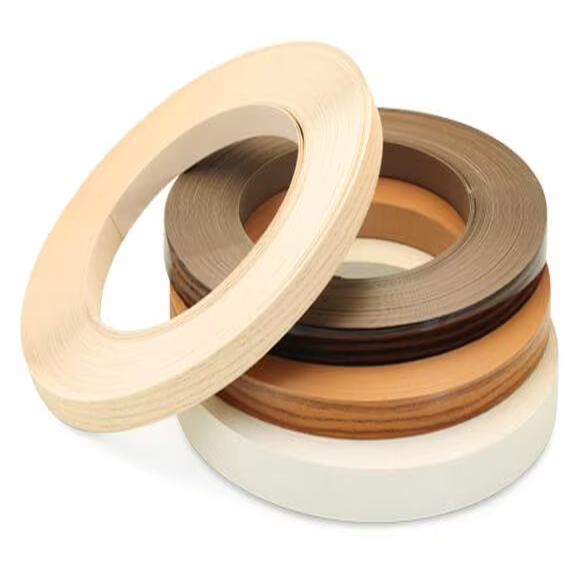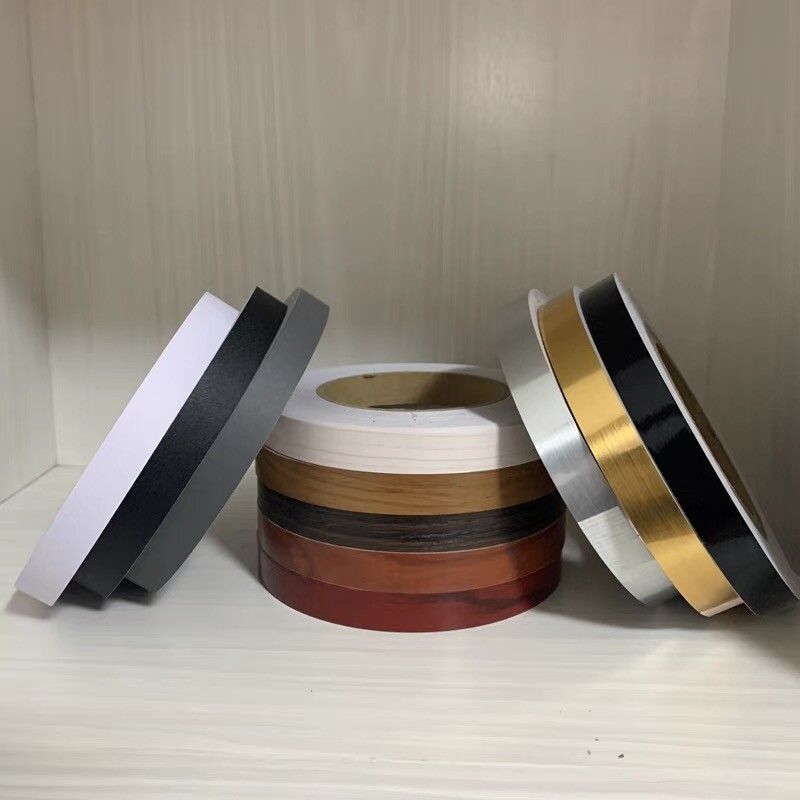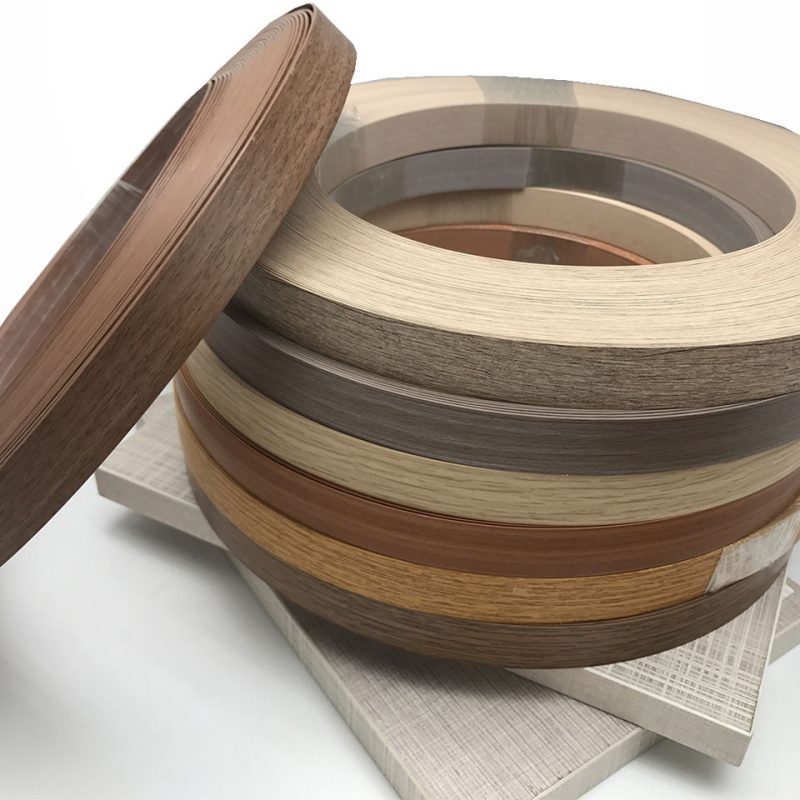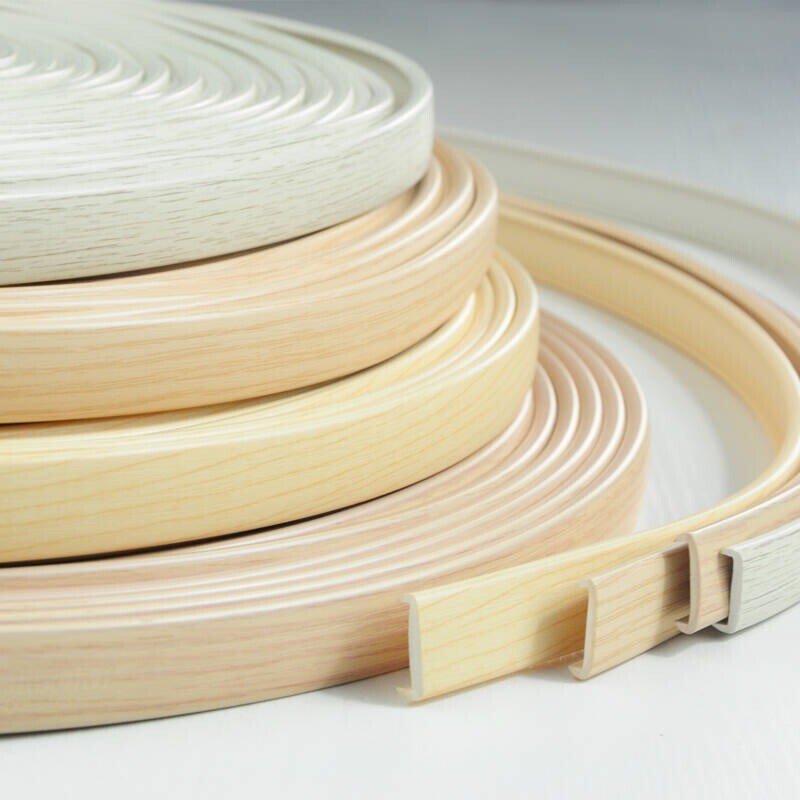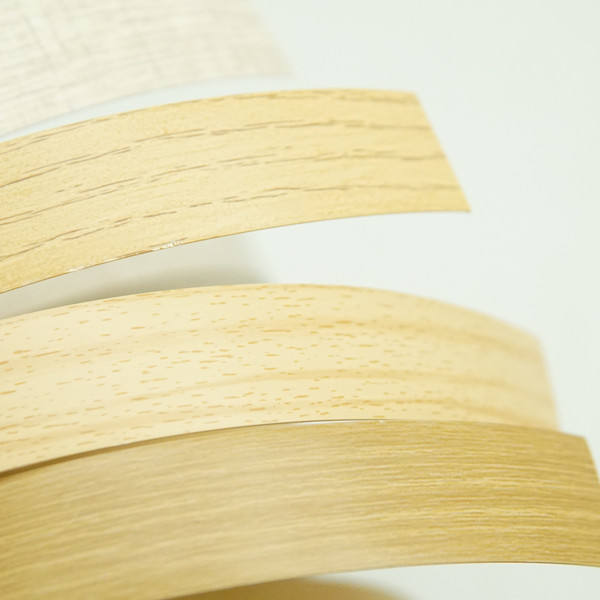We specialize in providing comprehensive furniture solutions, offering both ODM and OEM services.
News
How are the environmental protection grades of edge banding strips classified?
With people's continuous pursuit of the quality of life, the market for edge banding strips has gradually gone international, and people are paying more and more attention to the quality, safety,
environmental protection, health and safety of edge banding strips. At present, the import and export of edge banding strips all meet the international environmental protection grade standards.
The international environmental protection grade standards mainly consist of the following systems:
1. Chinese standard
(1) Grade E standards (GB/T 34722-2017, etc.)
This is the most fundamental environmental protection grade system in China, applicable to artificial boards and their products (including edge banding strips), and is classified by formaldehyde
emission as:
Grade E0: Formaldehyde emission ≤0.05mg/m³ (dryer method).
Features: It represents the highest environmental protection level in China, with formaldehyde emission levels close to those of natural wood. It is suitable for Spaces with extremely high environmental
protection requirements such as children's rooms and bedrooms.
Grade E1: Formaldehyde emission ≤0.124mg/m³ (climate chamber method).
Features: Complies with national mandatory standards, meets the minimum environmental protection requirements for interior decoration, and can be directly used indoors.
Grade E2: Formaldehyde emission ≤1.5mg/m³.
Features: It needs to undergo surface treatment (such as veneering or edge banding) before it can be used indoors. Currently, it has gradually been phased out of the market
(2) Formaldehyde-free grade standards (self-defined by enterprises or group standards)
Some enterprises or industry associations have introduced higher environmental protection standards, such as:
ENF grade (No formaldehyde addition) : Formaldehyde emission ≤0.025mg/m³ (climate chamber method), requiring raw materials (such as resins, additives) to be free of formaldehyde components,
approaching "zero formaldehyde".
Applicable scenarios: high-end custom furniture, medical and elderly care Spaces, etc.
(3) FSC Certification: If the edge banding is made of wood materials (such as solid wood veneer or wood-plastic composite materials), it can be certified by the Forest StewardBoard (FSC), which proves
that the wood source is sustainable and meets environmental protection and social responsibility requirements.
2. Eu standards (EN14342, etc.)
E1 grade: Formaldehyde emission ≤0.124mg/m³ (by climate chamber method), consistent with the domestic E1 grade, and it is the entry threshold for the EU market.
CE certification: A safety certification for the migration of chemical substances (such as heavy metals and phthalates), requiring that edge banding strips do not release harmful substances under
specific conditions (such as high temperature and humidity), especially suitable for children's furniture.
REACH Regulation: It requires the testing of over 190 substances of very high concern (SVHC), covering flame retardants, colorants, etc., and strictly limits the content of plasticizers (such as DBP, BBP)
in PVC edge banding strips.
3. American Standard (CARB Certification)
CARB Phase II (California Air Resources Board) :
Formaldehyde emission ≤0.05mg/m³ (by climate chamber method), approaching the domestic E0 grade, is a mandatory requirement for entering the US market.
The certification scope covers the base materials and adhesives of edge banding strips. Environmental protection certificates for the entire industrial chain (such as test reports for boards and
adhesives) must be provided.
UL certification: For the flame retardancy, chemical stability and other properties of edge banding, it is often used in commercial or public Spaces.
4. Japanese Certification (JAS Certification)
F★★★★ Grade: Formaldehyde emission ≤0.3mg/L (dryer method), which is the highest environmental protection grade in Japan. The requirements are stricter than those of the domestic
E0 grade (approximately 0.03mg/m³ after numerical conversion).
Applicable scenarios: Japanese-style custom furniture, baby products, etc., emphasizing "natural materials" and low volatile organic compounds.
The final environmental protection grade of edge banding strips is influenced by many factors, such as the selection of base materials, the type of adhesive and the production process, etc. Therefore,
when choosing edge banding strips, it is necessary to carefully consider and compare. Only then can the appropriate edge banding be selected.
Latest articles
 The excellent performance of edge-sealed plywood2025-05-23
The excellent performance of edge-sealed plywood2025-05-23 Personal DIY Plywood Edge Banding Guide2025-05-23
Personal DIY Plywood Edge Banding Guide2025-05-23 What are the similarities and differences between laser edge banding and ordinary edge banding?2025-05-22
What are the similarities and differences between laser edge banding and ordinary edge banding?2025-05-22 The manufacturing process and differences of edge banding strips2025-05-22
The manufacturing process and differences of edge banding strips2025-05-22 What Is PVC Edge Banding?2025-05-22
What Is PVC Edge Banding?2025-05-22
Ask For A Quick Quote
If you are looking for more information on our services, or how we could potentially help, we would love to hear from you!

